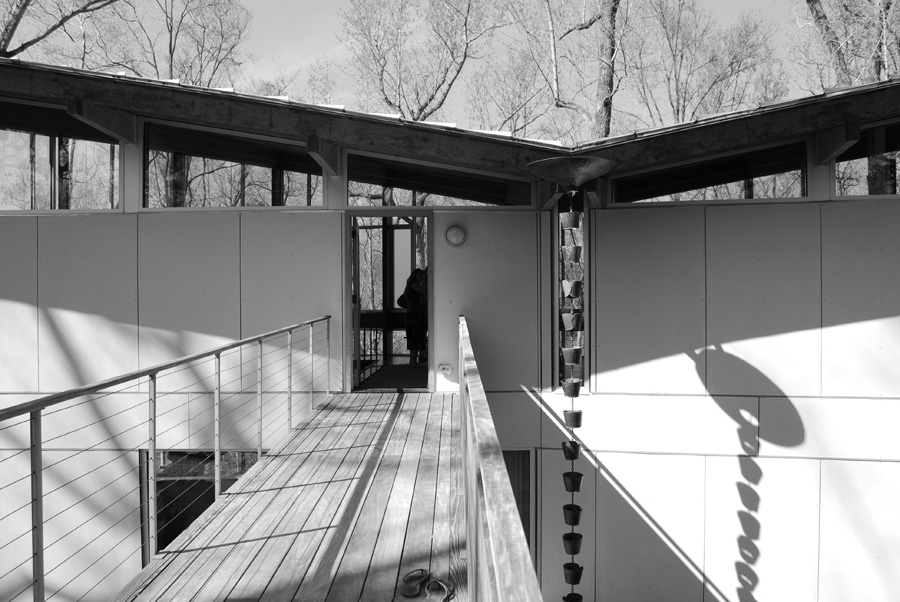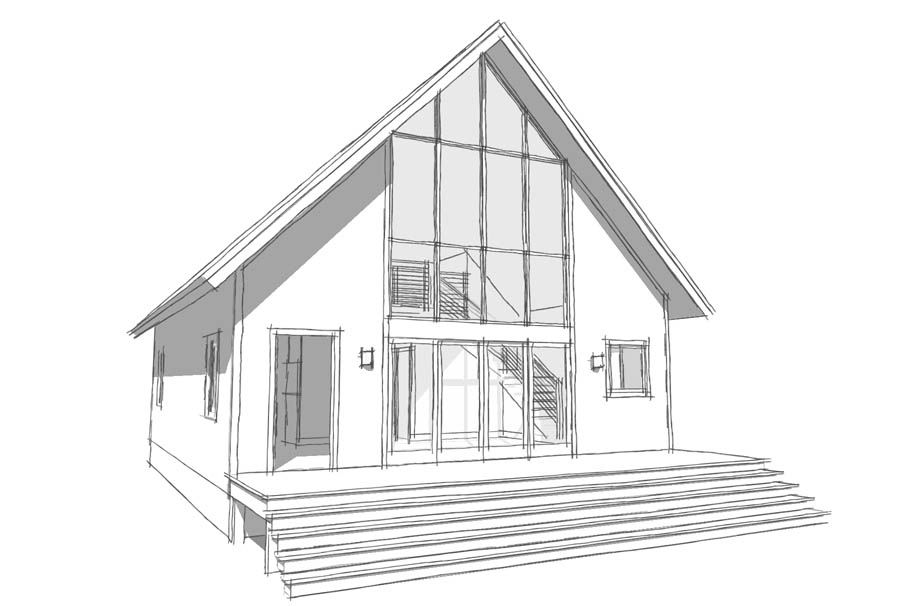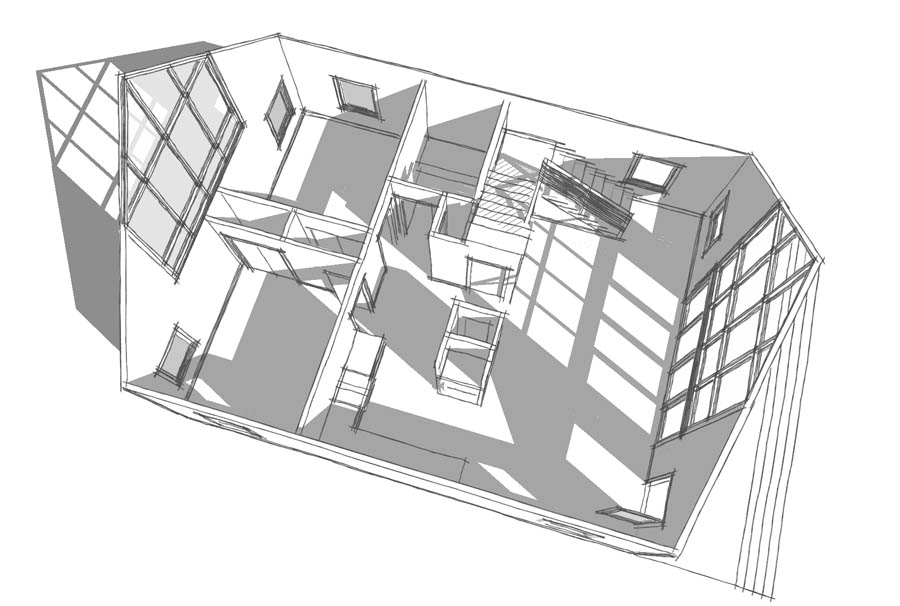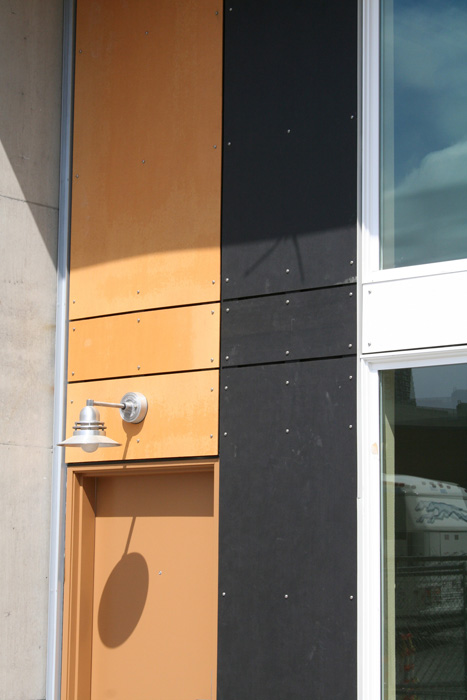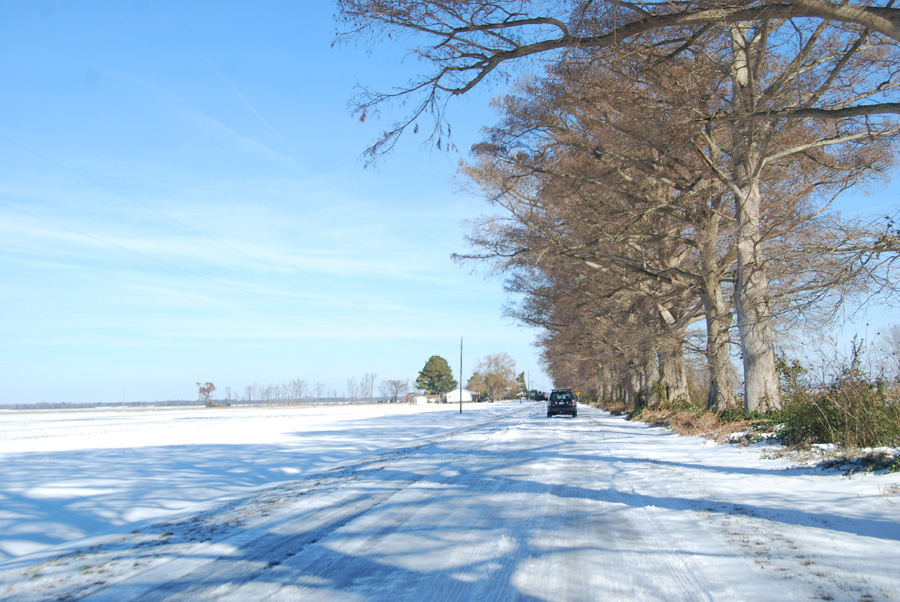Like most Architects, I’m an affordable housing geek. As such, every time the subject comes up, I’m drawn like a moth to flame. If you follow my twitter, you’ve probably seen a small taste of my readings on the subject. Apparently I missed the publication, just a few weeks ago, by professor Thomas Barrie of my Alma Mater on the subject.

Thomas Barrie
Thomas was the director of the School of Architecture for much of my time at State, and sat in on several critiques over my student career there. Imagine my surprise and delight to find that Barrie published a report analyzing Wake County’s Affordable Housing Initiative.
I’ve only had a moment to peruse the document online, but hope to pick up a hardcopy on campus later this week. At 68 pages it’s an impressively deep analysis of Wake County’s successful and less-than-successful attempts in the realm of affordable housing. In the current post Great Recession era, it is abundantly clear that while the complexities of financing, building, and managing new affordable housing haven’t ever been simple, they will only get more complicated in the months and years to come. Simultaneously, the need for decent affordable housing will likely grow substantially over this same time period.
For those of you who may not have the time to read the entire report, he is a bulleted breakdown of the conclusions Barrie draws:
- Affordable Housing should be placed near multiple forms of transit
- Affordable Housing, whether new or rehabilitated, should be built sustainably
- Mixed Use and Mixed Income developments create opportunities for affordable housing without creating slums (making for vibrant neighborhoods and providing services and service based jobs near home for tenants)
- New Housing should be contextual, responding to existing neighborhoods and architecture
- Housing should include generous community spaces (co-housing and limited equity co-ops help make these amenities affordable)
- Affordable housing should make connections to the existing community
- Housing should be flexible and adaptable
- Advocate and Educate community leaders and public officials (this means you)
- And last but not least, make it home
Barrie has provided us with lots of insight into successful affordable housing projects and programs right here in the heart of North Carolina. I look forward to digging deeper into the report soon.
Side note: On the subject of co-housing, I attended a lecture last year at NC State by McCamant & Durrett on Cohousing. I have yet to pickup the book, but it’s on that exhaustive reading list somewhere.
